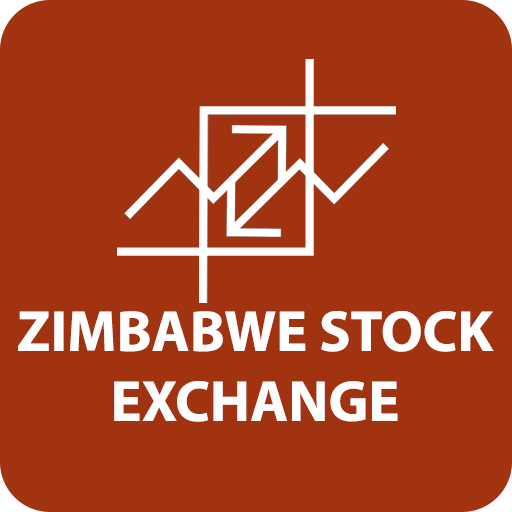
THE performance of the Zimbabwe Stock Exchange (ZSE) and the Victoria Falls Stock Exchange (VFEX) in October 2024 reflects a complex interplay of macroeconomic factors and market dynamics.
The ZSE witnessed a sharp increase in transactions in nominal terms due to the abrupt-significant devaluation of the local currency on September 27, 2024. This devaluation caused nominal Zimbabwe Gold (ZWG) values to skyrocket as the real-term value remained relatively stable, indicative of increased liquidity in local currency terms. The rampant inflation, which saw a month-on-month increase of 37,2% in October, further exacerbated these dynamics. In October, the ZSE recorded an aggregate turnover of ZWG502,84 million, a substantial 84% increase from the ZWG273,85 million traded in September.
However, when adjusted for real terms, the overall growth for October was a modest 3%, rising from US$18,31 million in September to US$18,81 million.
Nonetheless, this surge in both nominal and real turnover was driven by local currency holders seeking safe-haven investments in stocks amidst the escalating value loss due to inflation and exchange rate depreciation. Consequently, this increased demand led to an uptick in overall share prices, as evidenced by the rise in the ZSE All Share Index. As a result, the overall market capitalisation of the ZSE increased by 19% in nominal terms to ZWG84,77 billion. In real terms, total market capitalisation went up by 3%, from US$2,87 billion in September to US$2,96 billion in October.
Despite these positive indicators, the ZSE has faced long-standing challenges due to exchange rate volatilities and policy inconsistencies, which have eroded its overall value in real terms.
For instance, the market was valued at US$4,12 billion in August but has since plunged to US$2,96 billion despite nominal increases. Meanwhile, the substantial appreciation of the US dollar against the ZWG prompted foreign investors to capitalise on exchange gains by buying at lower prices on the ZSE.
This led to a staggering 714% increase in foreign inflows, from ZWG2,11 million in September to ZWG17,18 million in October. However, the abrupt currency devaluation, soaring inflation, and inconsistent monetary policies also weighed on investor sentiment, prompting foreign investors to liquidate their portfolios while the year-to-date return was still positive.
Consequently, foreign sell-offs in October totalled ZWG152,54 million, a staggering 1735% increase from the ZWG8,31 million recorded in September. In contrast, the VFEX experienced a highly oscillatory performance in October, reflecting mixed investor sentiment. Despite overall activity and trades increasing, prices declined as indicated by a 2,8% drop in the VFEX All Share Index.
- Stop clinging to decaying state firms
- Zim bourse in limbo
- Piggy's Trading Investing Tips: De-risking mining projects
- Chance to buy 'undervalued' counters: FBC
Keep Reading
This decline in prices led to a 1,2% decrease in overall market capitalisation, from US$1,25 billion in September to US$1,24 billion in October. However, the increase in trading activity on the VFEX was significant, with a 41% surge in aggregate turnover, from US$2,7 million in September to US$3,76 million in October.
This growth was supported by a 25% increase in total shares traded, from 13,27million to 16,61 million shares. The disparity between turnover growth and volume growth indicates increased activity in market-heavy stocks on the VFEX in October.
The mixed performance of the ZSE and VFEX in October can largely be attributed to macroeconomic factors. The ZSE All Share Index achieved a nominal growth of 18,8% in October, which translates to 3,1% in USD terms, compared to the 21,4% nominal growth (a 32,4% decline in USD terms) recorded in September.
While the overall performance was positive, the real-term return was significantly impacted by exchange rate volatility. The ZSE has proven to be a safe haven and a means of preserving value amid rampant inflation and rapid currency depreciation. This trend is expected to continue through the end of the year.
In the midst of exchange volatility, the ZSE continues to serve as a platform for synergies and capital raises. For example, TSL, which sold its 16,5% stake in Nampak in 2018 for US$14,7 million, announced plans in October to acquire a 51,3% stake in Nampak for US$25 million. This transaction highlights the significant impact of exchange volatility on local currency-denominated asset classes and poses exchange losses to long-term ZSE investors.
Duma is a financial analyst and accountant at Equity Axis, a leading media and financial research firm in Zimbabwe. — twdumah@gmail.com or tinashed@equityaxis.com, X: TWDuma_










